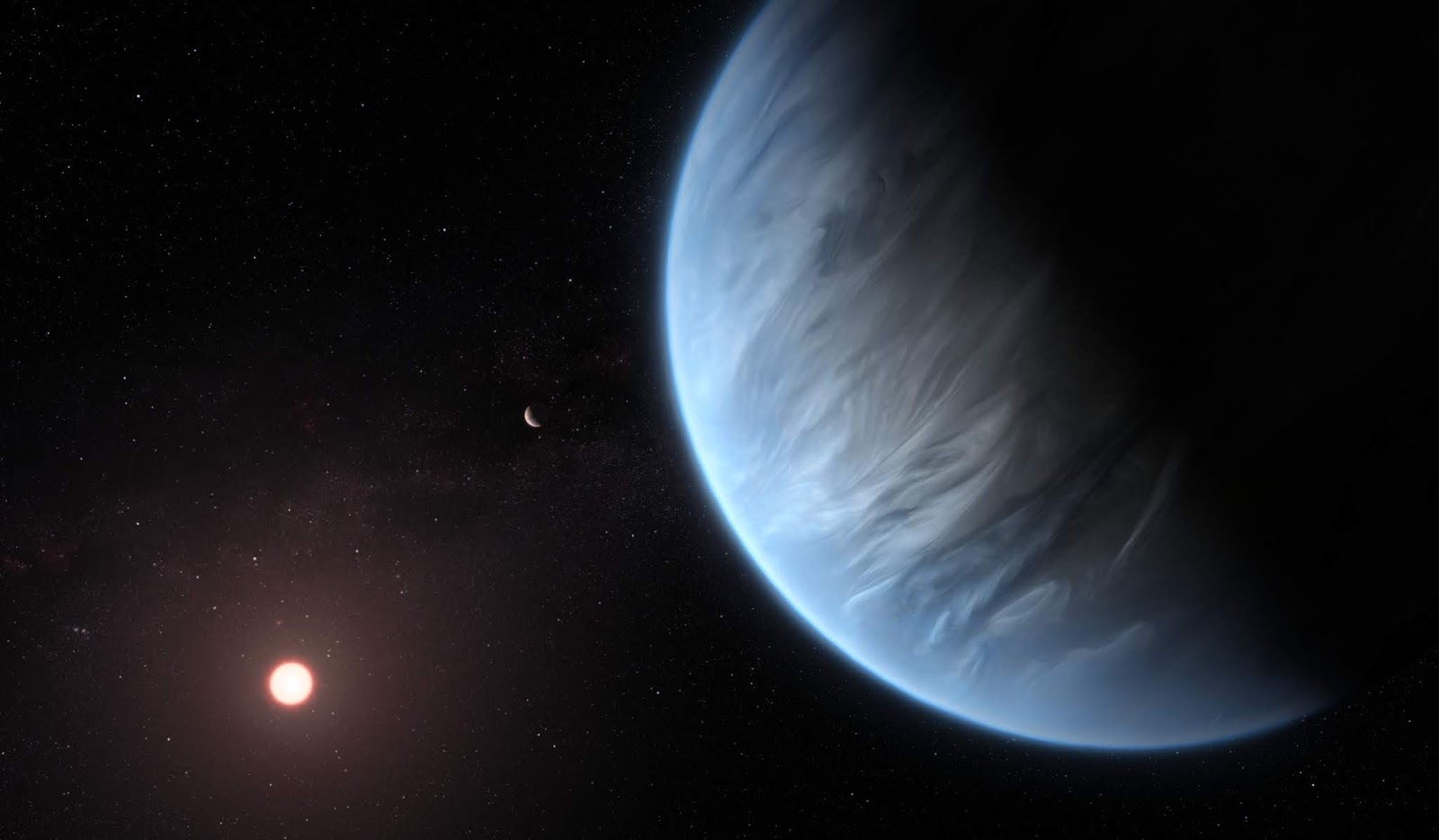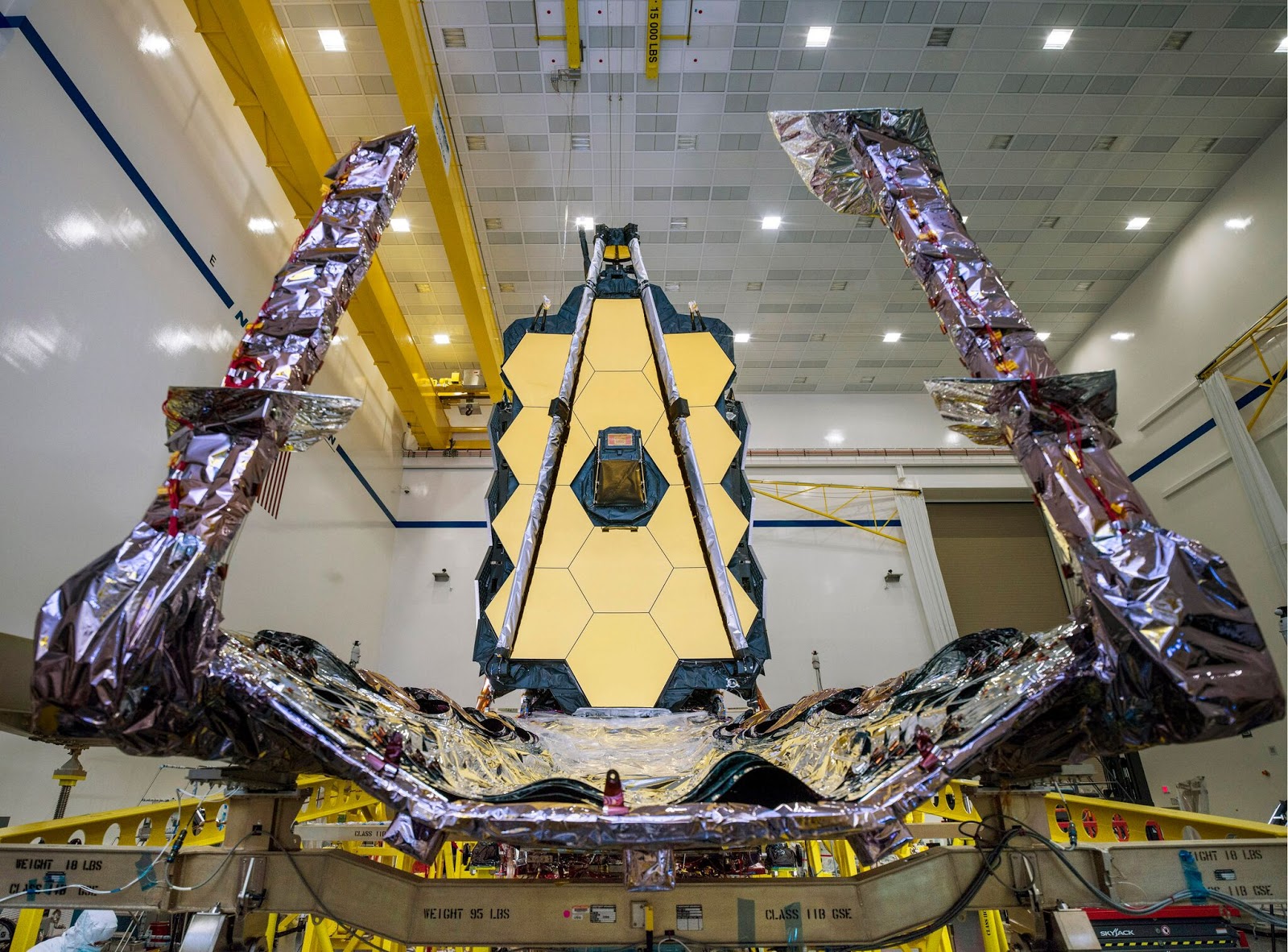
CAPE CANAVERAL, FL – The two major halves of NASA’s mammoth James Webb Space Telescope (JWST) have been mechanically assembled together for the first time by prime contractor Northrop Grumman – marking a major milestone on the path to launch in Spring 2021.
Engineers at Northrop Grumman’s Redondo Beach, California facility carefully and methodically combined the science instrument and telescope module element, which includes the 18 golden mirrors, with the spacecraft element which includes the spacecraft bus and sunshade – last month.
“Reaching a major milestone, engineers have successfully connected the two halves of NASA’s James Webb Space Telescope for the first time at Northrop Grumman’s facilities in Redondo Beach, California,” NASA said in a statement in late August.
“The most powerful and complex space telescope ever created by humankind has achieved its final form as a fully assembled observatory.”
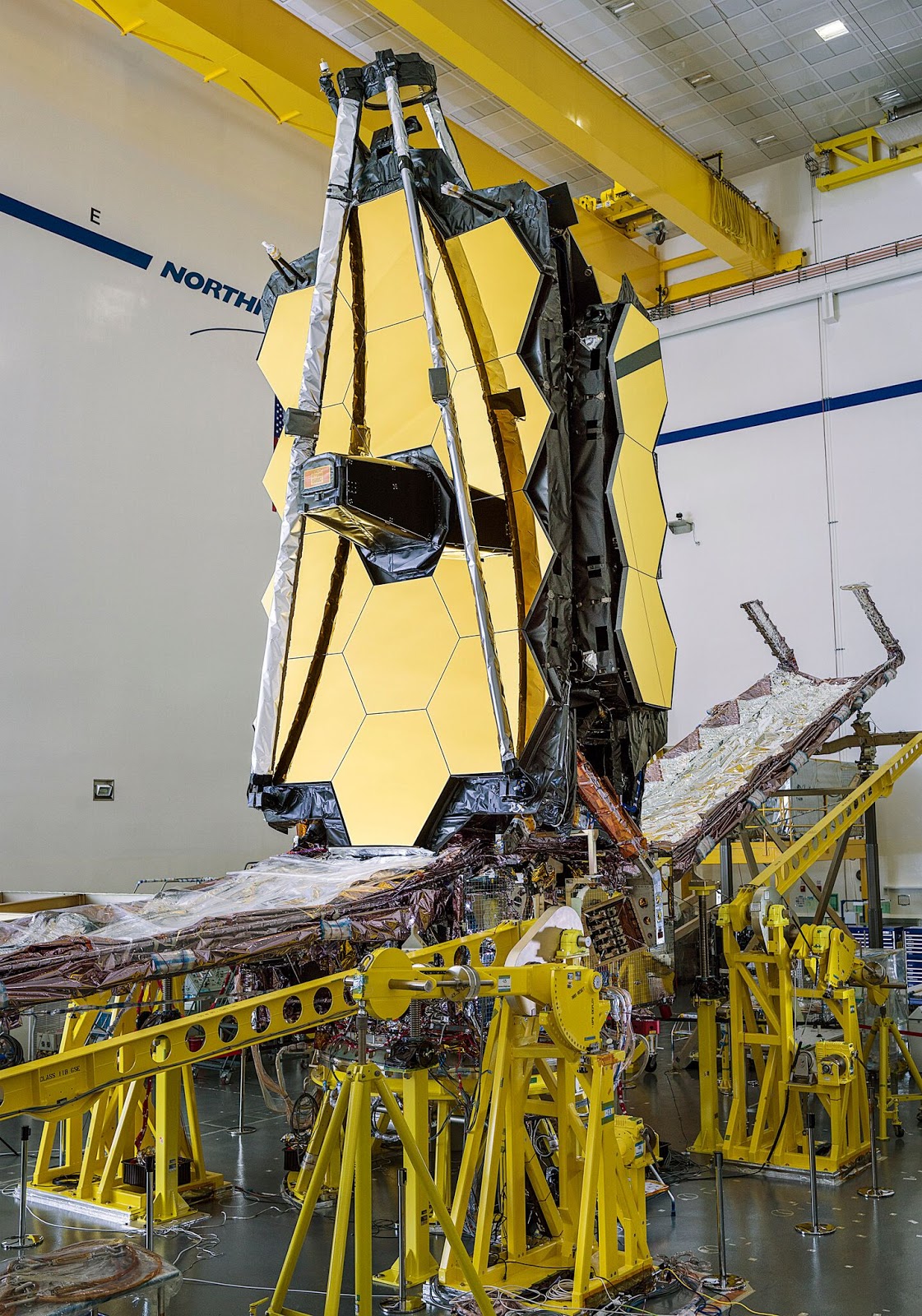
Engineers used a crane to combine both halves of Webb by carefully lifting the telescope unit above the already-combined sunshield and spacecraft and then carefully guided it into place “ensuring that all primary points of contact were perfectly aligned and seated properly.”
The next step is to complete the electrical connections between the two halves and then test the electrical connections of the combined observatory assembly.
Thereafter the now fully assembled Webb must still undergo additional environmental and deployment testing to ensure mission success and make sure that repairs of sunshade tears are completed and verified.
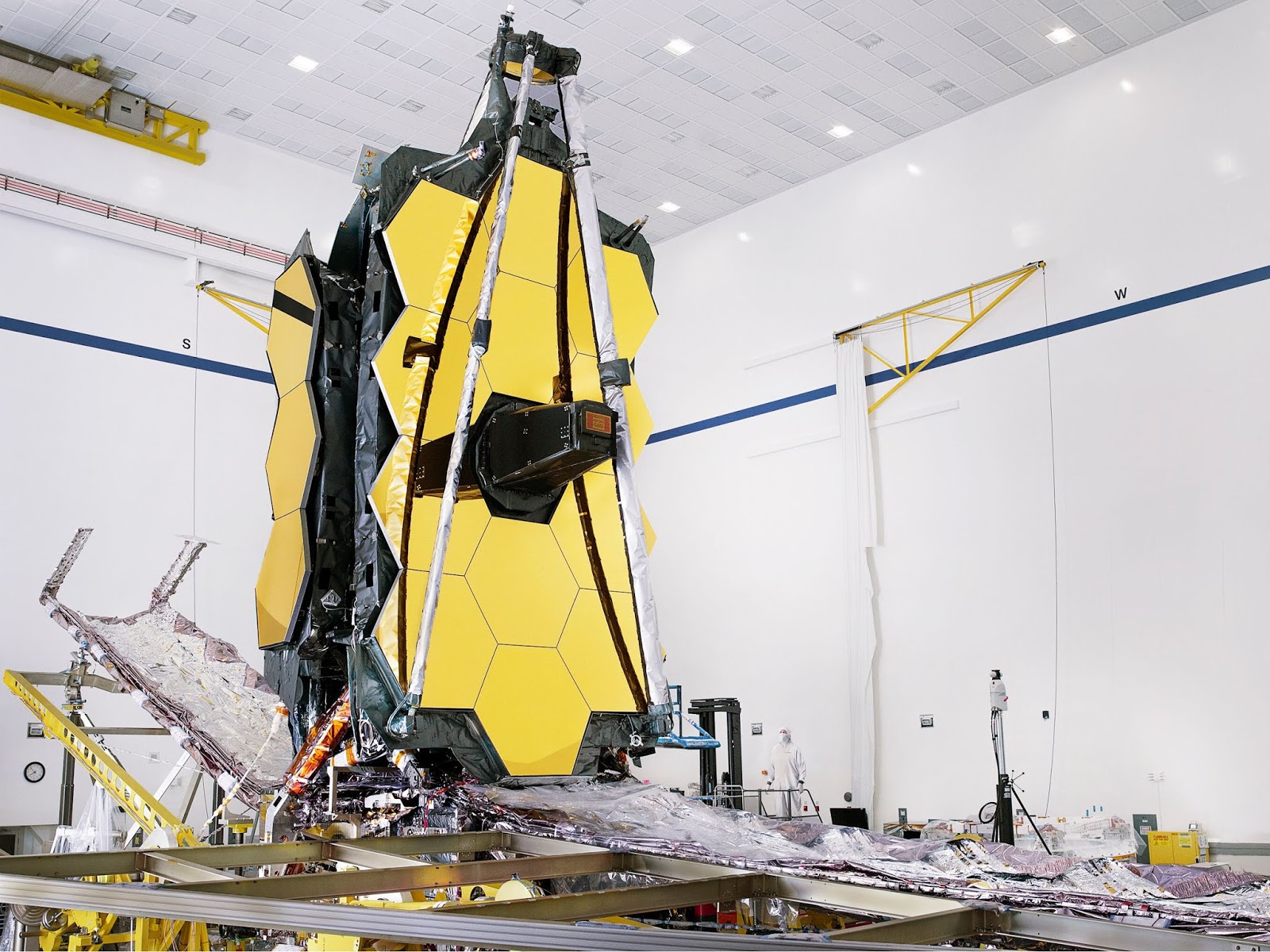
I observed JWST many times while under construction at NASA Goddard Spaceflight Center in Greenbelt, MD.
This photo shows the science instrument/mirror module in the Goddard cleanroom after installation of the 18 primary mirrors was completed.
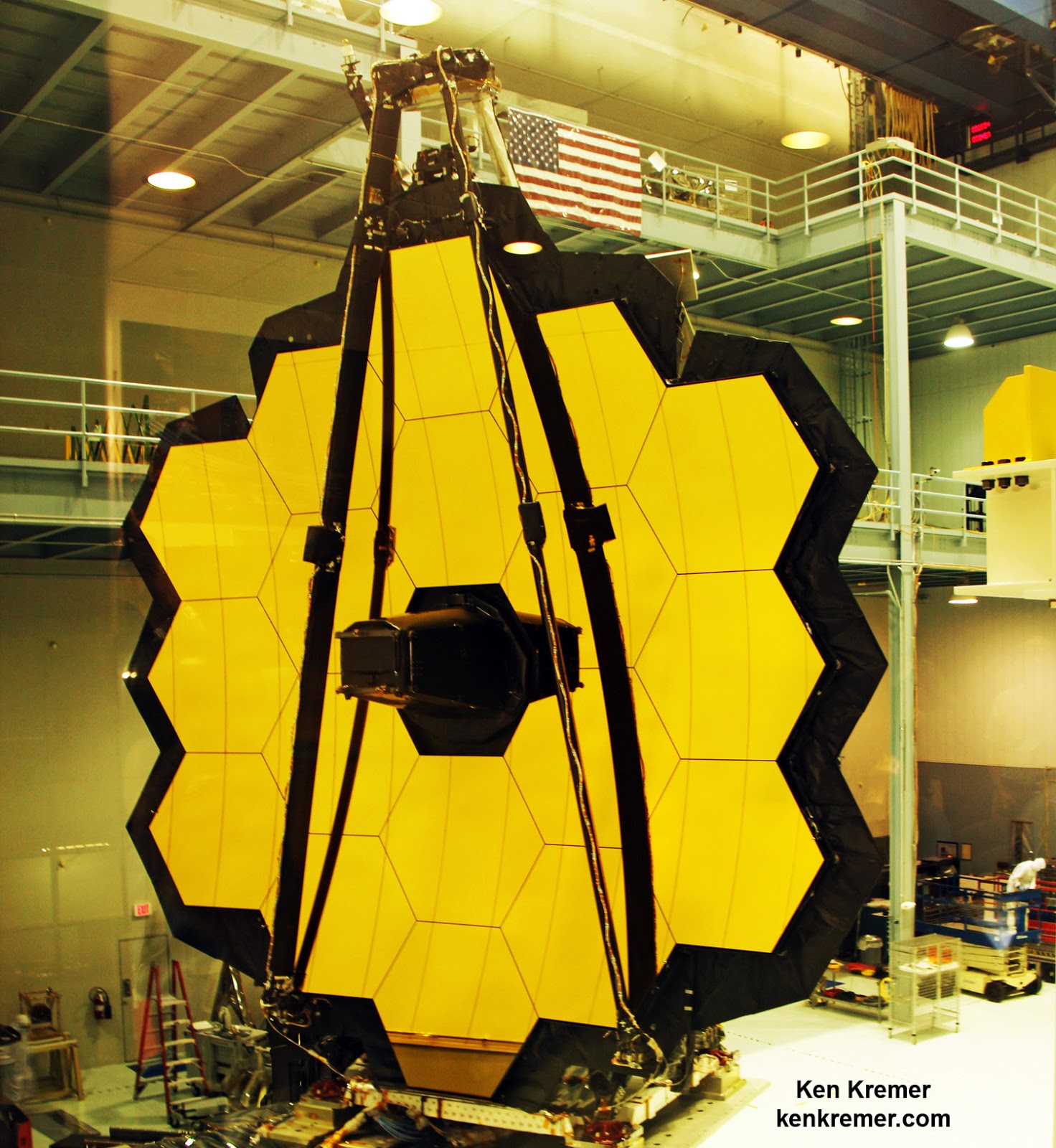
Each of the 18 hexagonal-shaped primary mirror segments measures just over 4.2 feet (1.3 meters) across and weighs approximately 88 pounds (40 kilograms). They are made of beryllium, gold coated and about the size of a coffee table.
The Webb Telescope is a joint international collaborative project between NASA, the European Space Agency (ESA) and the Canadian Space Agency (CSA).
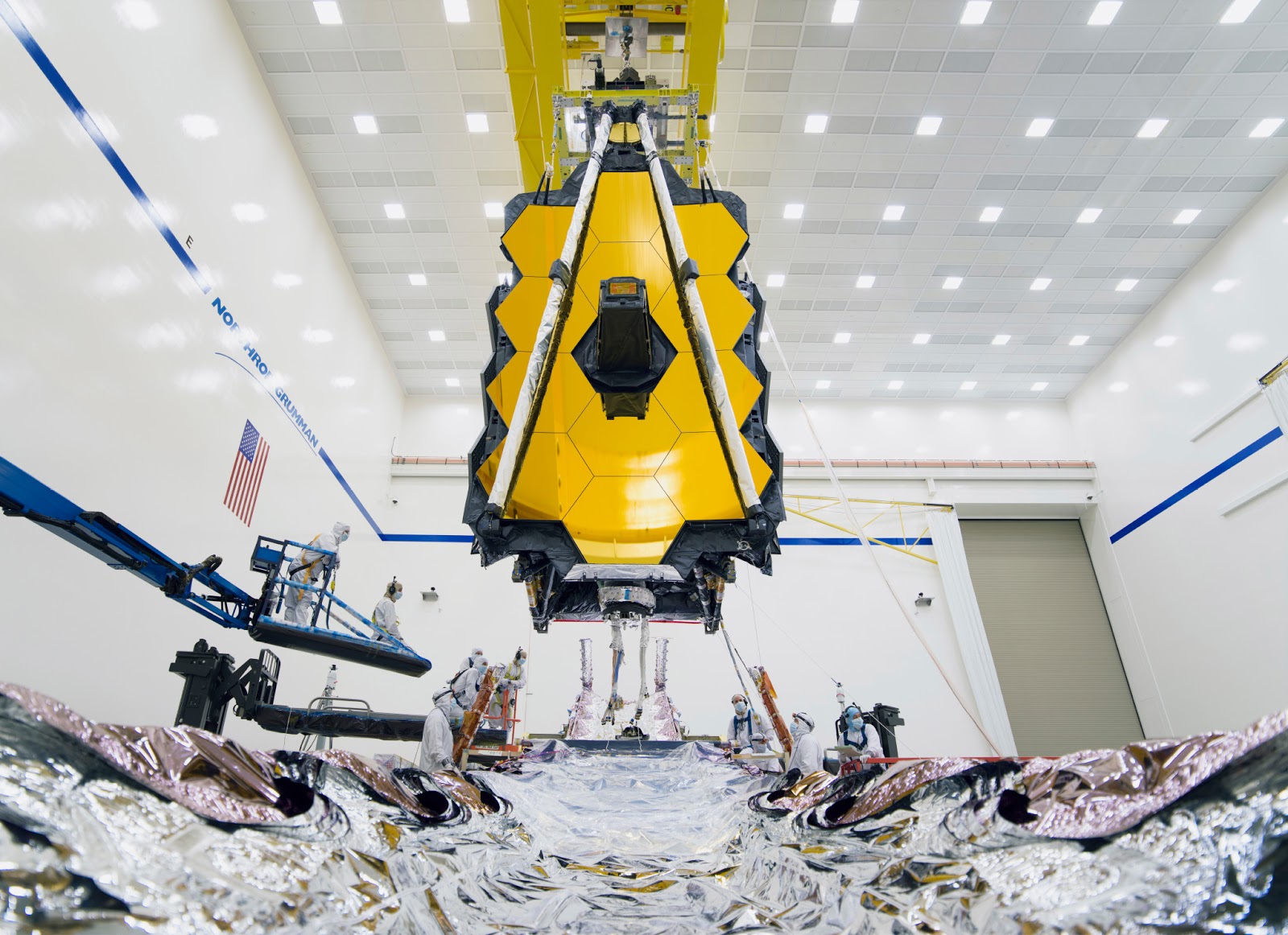
Webb is designed to look at the first light of the Universe and will be able to peer back in time to when the first stars and first galaxies were forming. It will also study the history of our universe and the formation of our solar system as well as other solar systems and exoplanets, some of which may be capable of supporting life on planets similar to Earth.
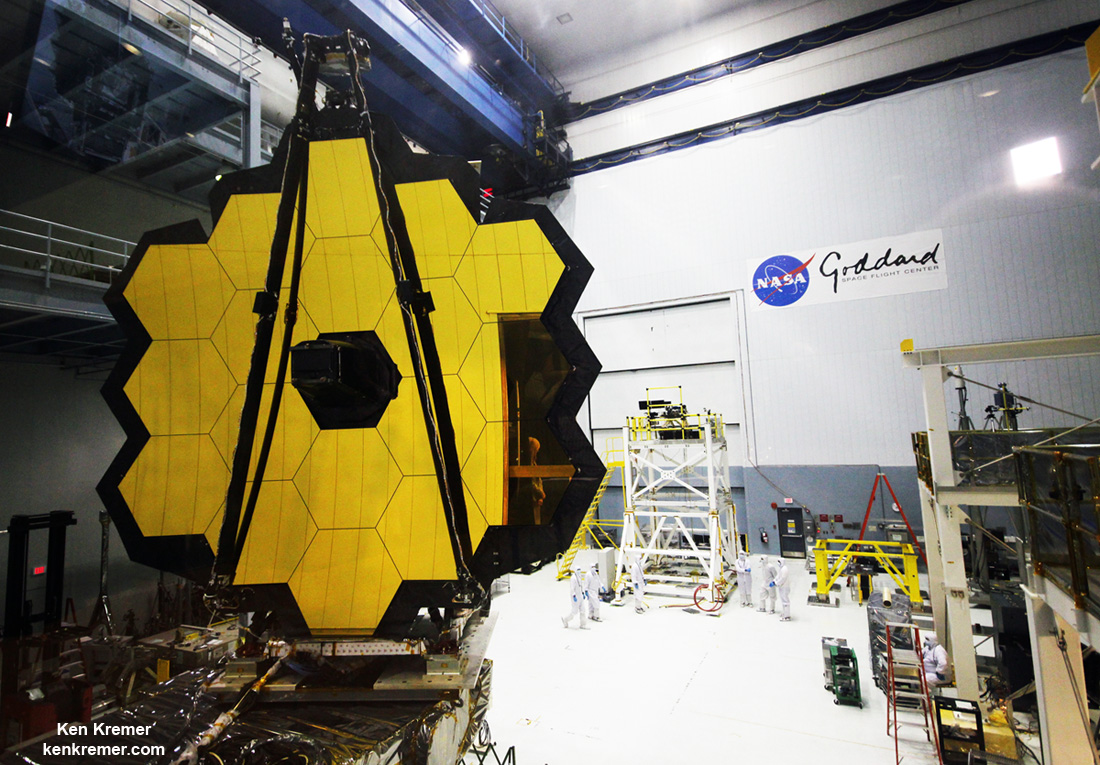
California is Webb’s last assembly and testing spot before the completed telescope is shipped toits launch site in Kourou, French Guiana.
NASA is aiming for a March 30, 2021 launch target of the $9 Billion observatory – pending the outcome of the final assembly and testing of the massive observatory at Northrup Grumman.
JWST is the largest, most powerful and most complex space telescope ever built. It will serve as the scientific successor to NASA’s world famous andphenomenally successful Hubble Space Telescope (HST).
It will be launched on an Ariane 5 rocket, folded up like origami inside the nose cone.
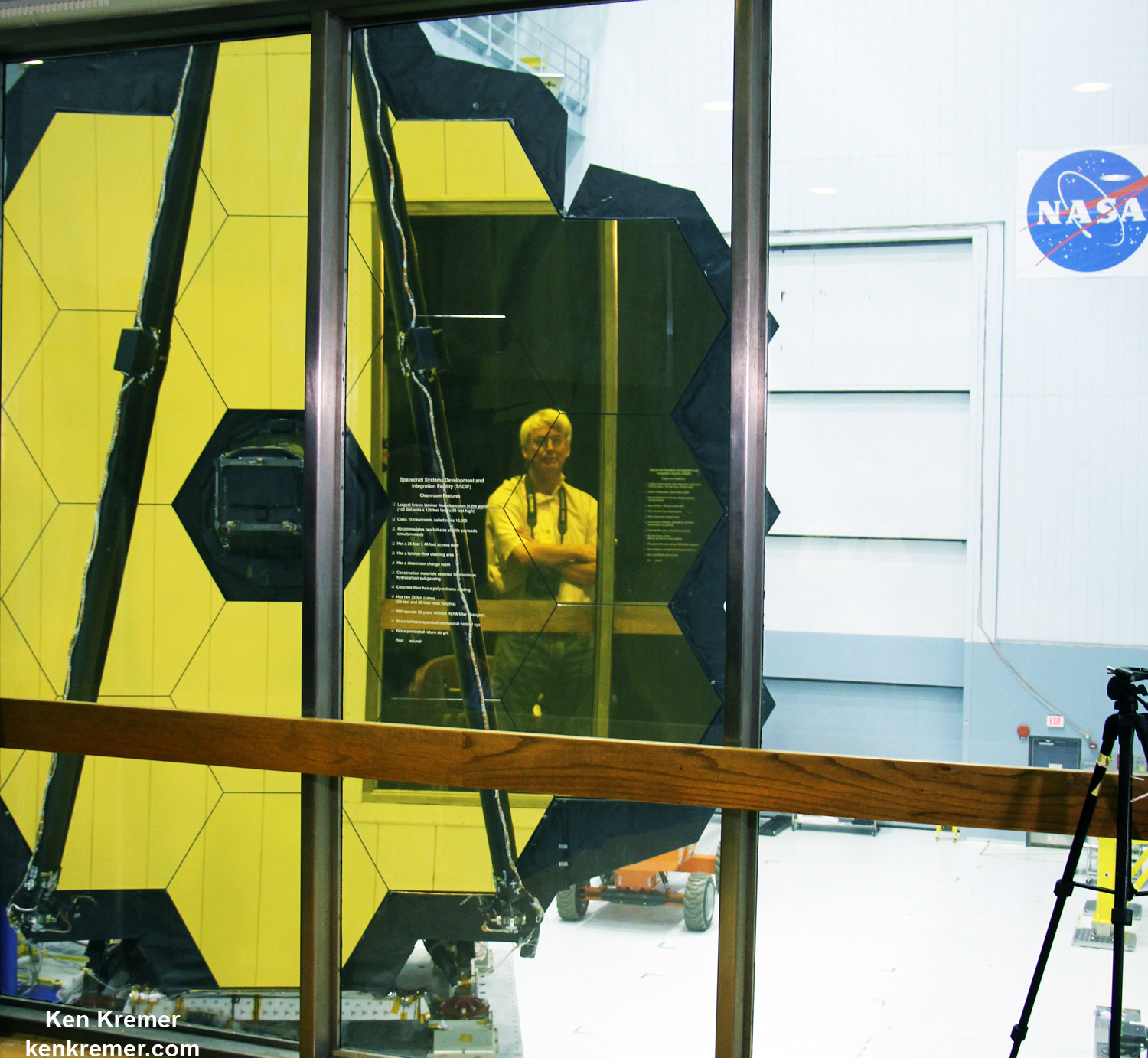
Watch this space for my ongoing reports on JWST mirrors, science, construction and testing.
Ken’s upcoming outreach events:
Sep 21: 1 PM:
American Space Museum, 308 Pine Street, Titusville, Florida.
“Exploring Mars and the Search for life – 3D” – Learn all about NASA’s Curiosity Mars rover illustrated with Ken’s custom created Mars rover panoramas from Curiosity, Spirit and Opportunity and up close clean room and launch pad views. Free and open to public. Ken’s Space/Rocket/Mars imagery for sale to support his outreach
Website: http://spacewalkoffame.org/event/museum-day-2019
http://spacewalkoffame.org/
www.americanspacemuseum.org
Sep 20: 7 PM
Launch update and Sep 21 Mars rover talk preview. Quality Inn Kennedy Space Center, Titusville, FL
Oct 15:
AIAA, Columbia, SC. Details upcoming
“Exploring Mars and the Search for life – 3D” – Learn all about NASA’s Curiosity Mars rover illustrated with Ken’s custom created Mars rover panoramas from Curiosity, Spirit and Opportunity and up close clean room and launch pad views.


